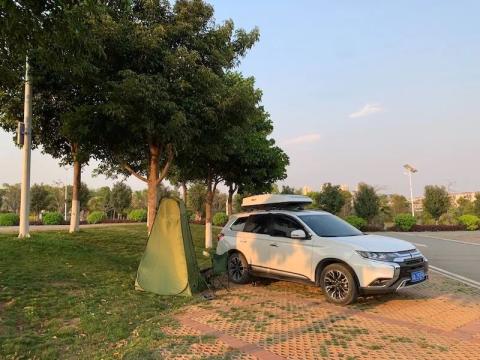
Keywords: Jianshui Ancient City, Lin'an Government Office, Jianshui Confucian Temple, Yunnan Admiral's Academic and Political Examination Shed, Zhu Family Garden, Four-Eyed Well, Jianshui Purple Pottery, Chaoyang Tower
March 4, 2021
Today we set off from Yuanyang Rice Terraces Scenic Area to Jianshui.
When we arrived in Jianshui, we first looked for a nest. At 16:24, we drove to the Wulong Lake in Jianshui New Town. The environment was very good and we wanted to stay here. I was looking at the charging standard at the entrance of the parking lot. A person who claimed to be the person in charge of the parking lot said that it was the standard set by the Price Bureau. Now they do not implement it according to that standard. The maximum price is more than ten yuan in 24 hours. So enter.
This parking lot is free for one and a half hours to facilitate local people to exercise in this park. Therefore some local cars parked here in the evening.
The environment here is good, I rested here early today. We went for a walk by the lake in the evening. When we returned to the parking lot, all the local people’s cars had left and we had reserved the parking lot.
Sleeping place on March 4, 2021, parking lot of Wulong Lake Park in Jianshui, Yunnan
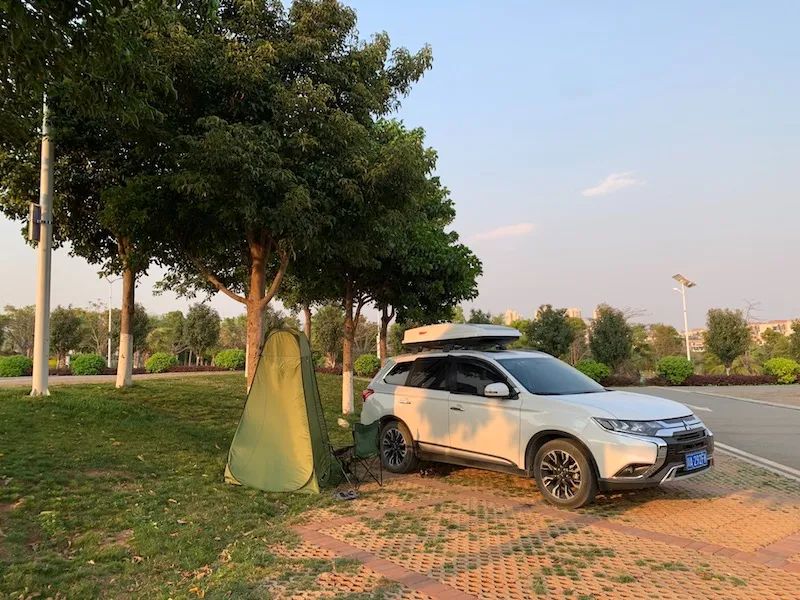
March 5, 2021
When I left the Wulonghu parking lot in the morning, I was charged 34 yuan. The words of the "person in charge" are too unreliable. No wonder there are no RVs or bed cars camping here in such a beautiful environment.
We visited Jianshui Ancient City today. I found a parking lot next to the back door of the Confucian Temple. It was not bad. It was a semi-enclosed courtyard in the ancient city, which gave me the feeling of tranquility amidst the chaos. There is a public toilet outside the side door. Parking costs 20 yuan for 24 hours. We used this as our base, parked the car, and spent the day wandering around the ancient city.
Jianshui Ancient City is located 170 kilometers south of Kunming and is listed as a national historical and cultural city. After 1,200 years of construction, its ancient city still has more than 50 ancient buildings preserved, making Jianshui Ancient City an "ancient architecture museum" and a "residence museum".
The streets in the ancient city of Jianshui are very well made and are all paved with hard stones. The monuments on both sides of the street are well preserved or restored, and other buildings are all in a retro and unified style. It’s quiet in the morning and walking on this street is like traveling back to ancient times. After that, more and more people began to arrive, and until night, there was a constant flow of people and fireworks in the market, making it very lively.
Jianshui ancient city street scene
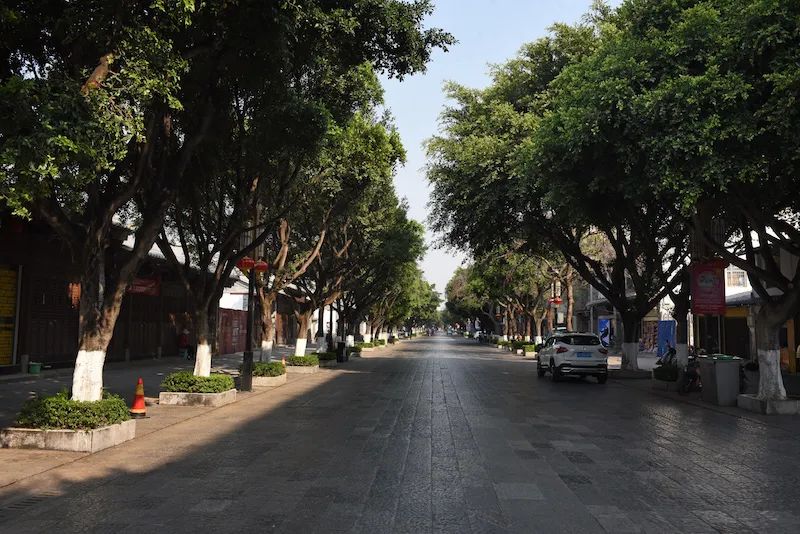
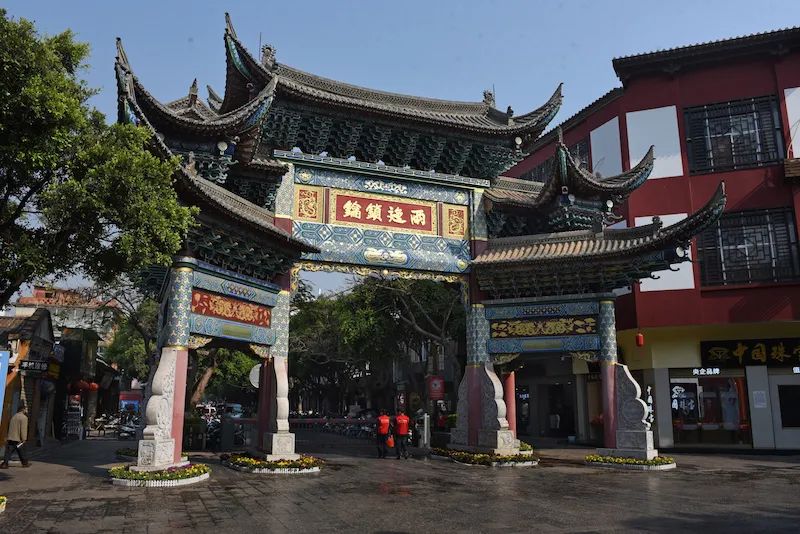

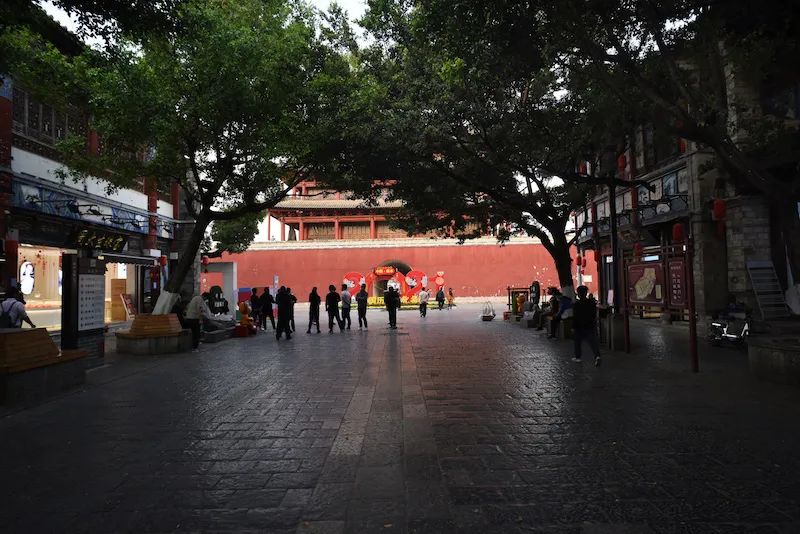
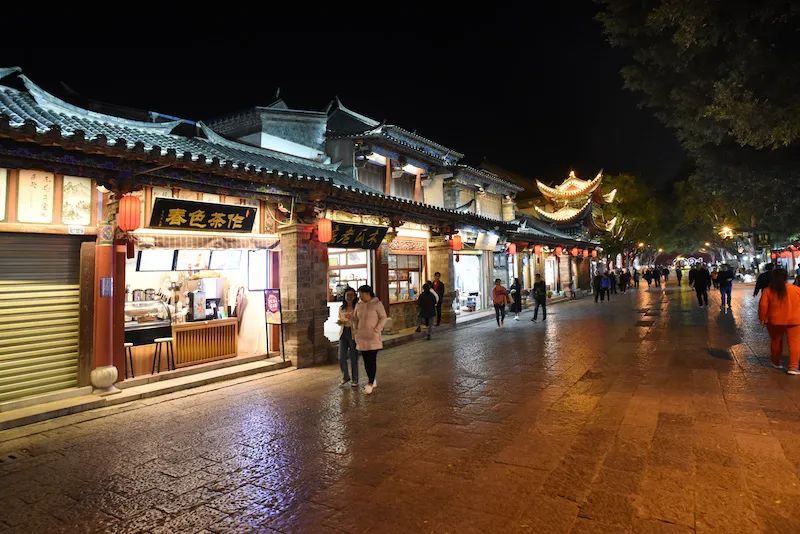
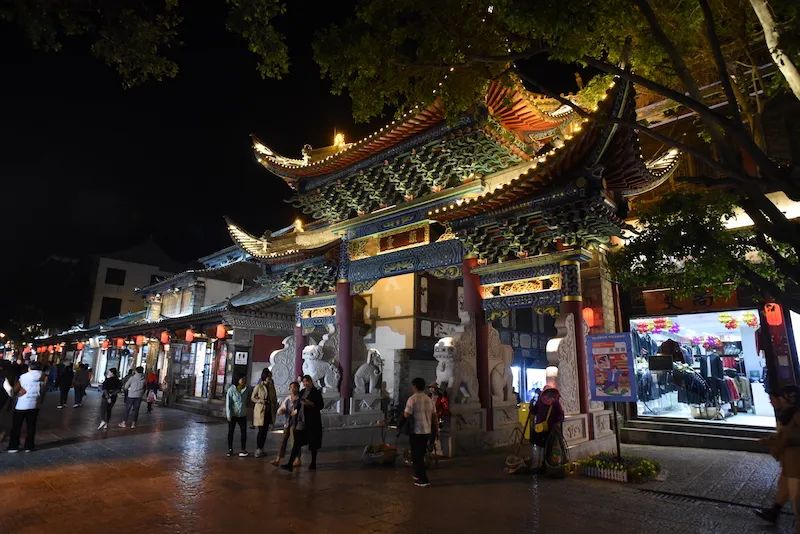



Jianshui Ancient City has many historic sites. Walking along the street, you can see it everywhere.
Lin'an Government Office, the Yamen was built in the 15th year of Hongwu in the Ming Dynasty (1382) and was still in use until the end of the Qing Dynasty and the beginning of the Republic of China. It has a history of more than 600 years. It was the political, economic and cultural center of southern Yunnan during the Ming and Qing Dynasties.
Lin'an Government Office
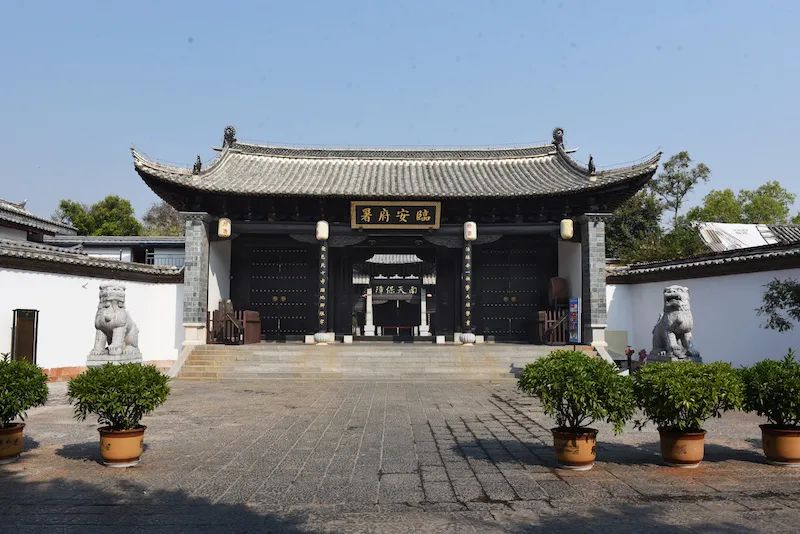



Jianshui Confucian Temple was built in the 22nd year of Yuan Dynasty (AD 1285) and has a history of more than 700 years. After more than 50 expansions and renovations, the area has reached 76,000 square meters. Its size is second only to the Confucius Temple in Qufu, Shandong Province. It is a national key cultural relics protection unit. It has the reputation of "the most magnificent and magnificent place in Yunnan".
The main gate of the Confucian Temple is a "Taihe Yuanqi" archway, which is well-behaved and surrounded by trees. After passing the archway, you will see a bronze statue of Confucius standing in front of you. Behind the statue is a 20-acre Pan ( pàn ) pond. Green trees shade the water and the waves ripple. Empty boat, willows hanging over the pond. Pavilions, arch bridges, white railings and red walls. It immediately gave people the illusion that this place was not a solemn and majestic Confucius Temple, but rather a beautiful royal garden. This is rare among the numerous Confucian temples in the country.
Jianshui Confucian Temple Gate
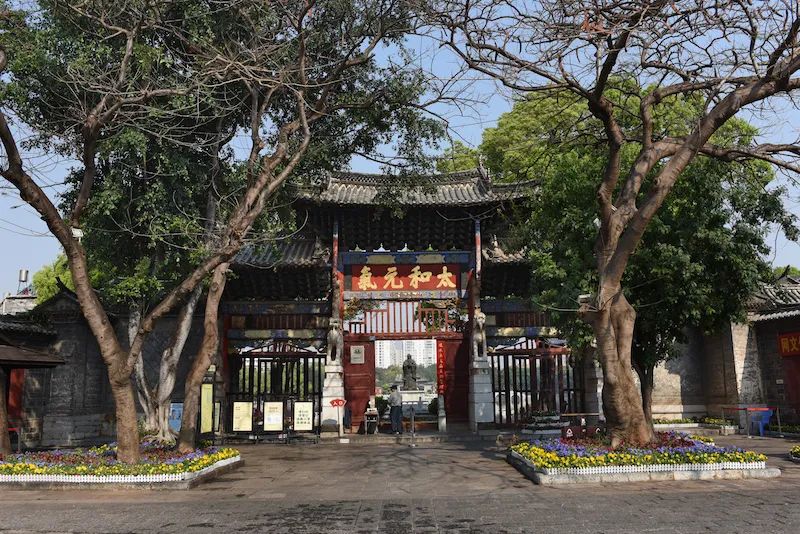
Entering the Confucian Temple, you will see the bronze statue of Confucius.
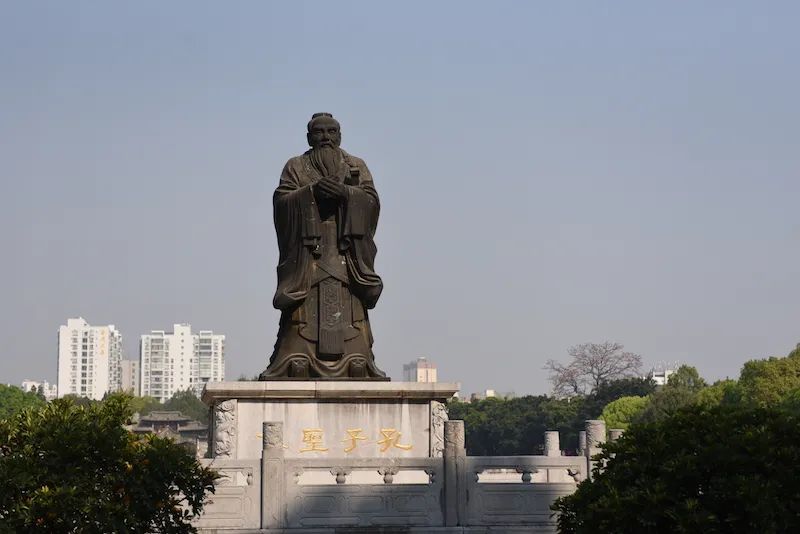
Panchi in the Confucian Temple

Walking past Panchi is the Confucian Temple complex, which is built in the pattern of the Confucius Temple in Qufu. It has 1 hall, 2 verandas, 2 halls, 2 pavilions, 5 ancestral halls, and 8 squares. It is a large-scale building complex. Although the layout is similar to that of most Confucian temples, it is quite impressive and has exquisite architecture.
There are many plaques in the Confucian Temple, some of which are copied from the Qing Dynasty. towards calendar generation The Emperor Respects Confucius Kong A golden plaque with "Imperial Inscription".
The "Eternal Master" plaque hung on the archway is a copy of Kangxi's "Imperial Title"

His Highness Dacheng hangs three large gilt plaques with "Xianshi Temple" written in powerful and powerful strokes. The four characters "Si Wen Zai Zi" on the horizontal plaque are copied from the "imperial title" of Emperor Guangxu. The large copper incense burner in front of the hall, was cast during the Qianlong period, nearly three meters high.
The extraordinary Dacheng Hall
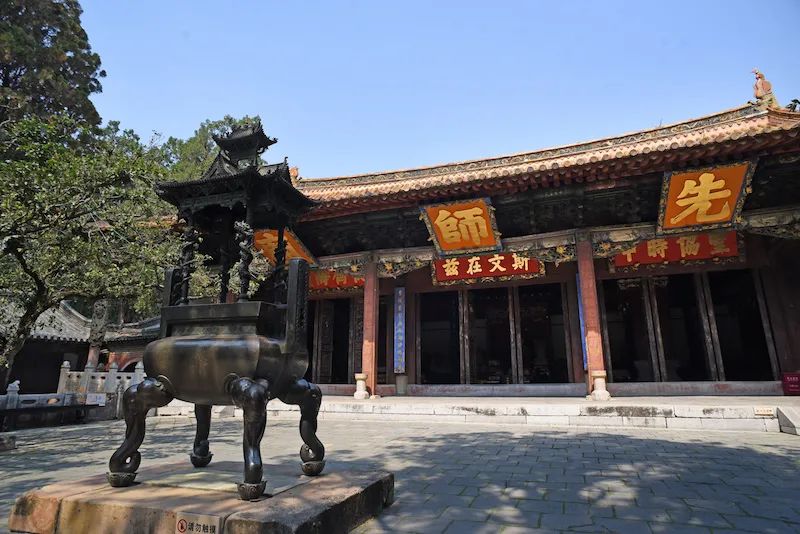
The apricot altar on the central axis has a Douba caisson inside, a yellow colored glaze roof, and painted gold dragons wrapped around the columns. This was a very high standard in the past regulations.
Xingtan
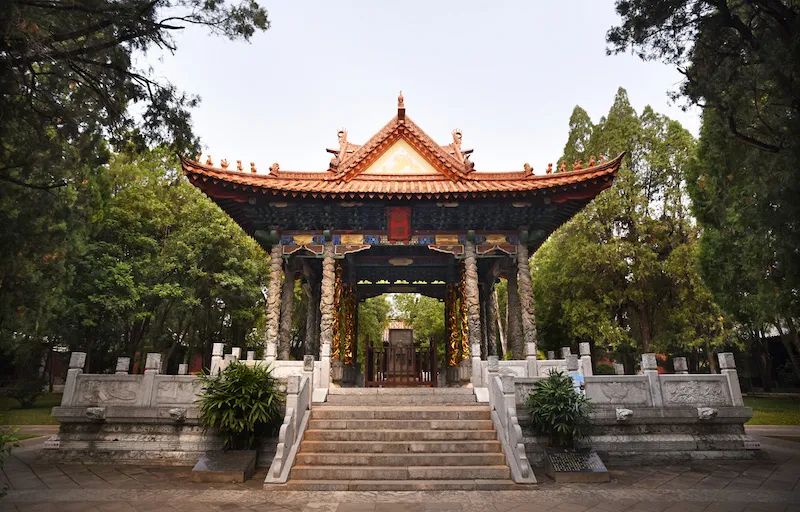
Both the architecture and stone carvings in the Confucian Temple are extremely exquisite. In addition to experiencing Confucian culture here, you can also appreciate first-class ancient Chinese architecture.
Exquisite architecture and stone carvings in the Confucian Temple
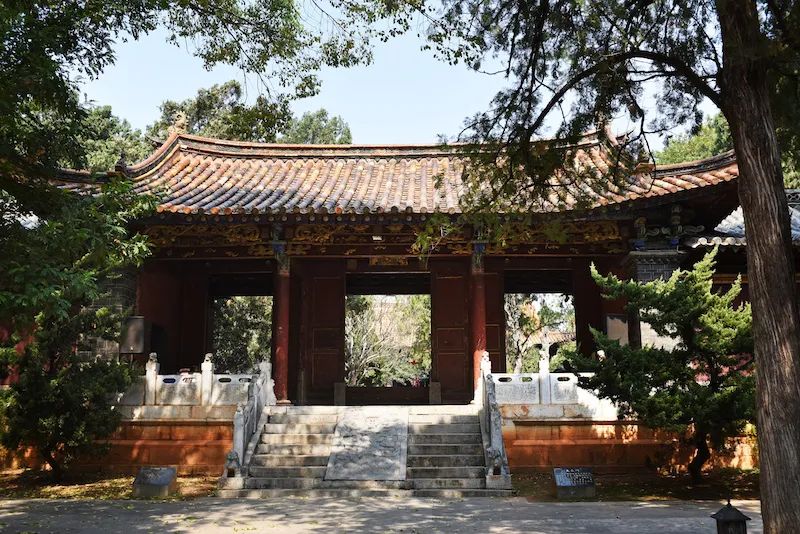
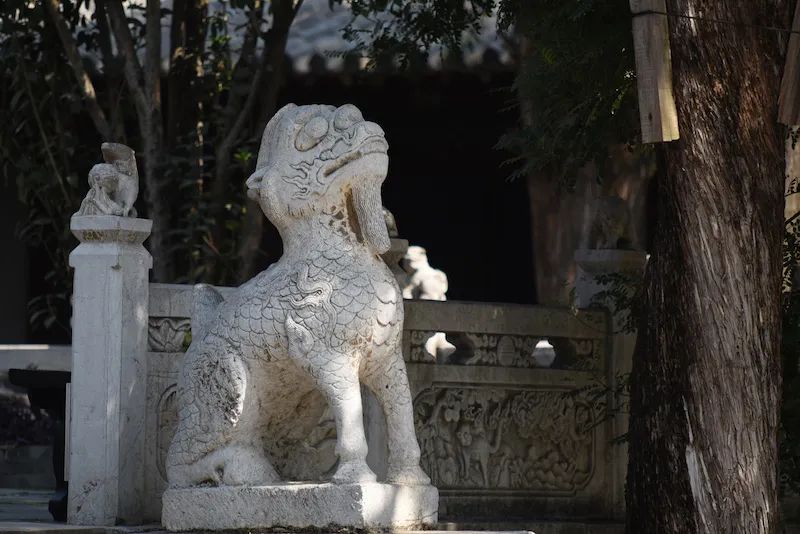
Coming out of the back door of the Confucian Temple, you pass by a seated stone statue of Confucius playing the harp, which ends your tour of the Confucian Temple.
The back door of the Confucian Temple
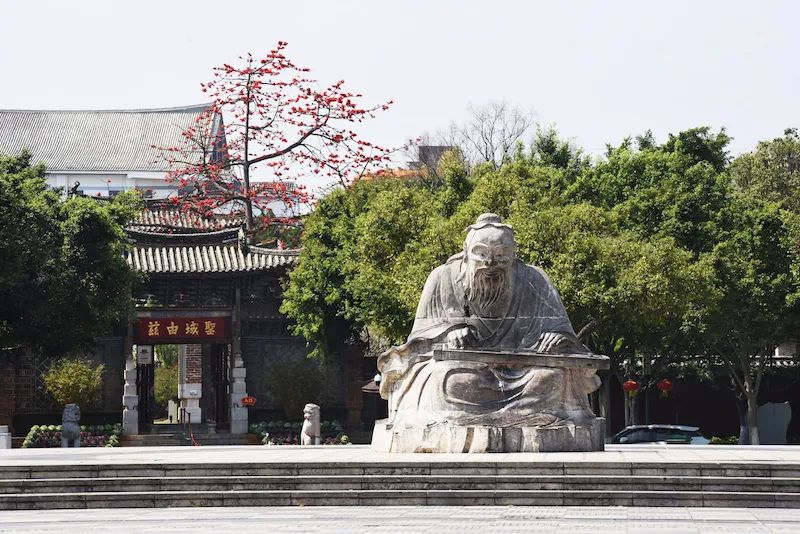
Yunnan Provincial Governor's Examination Hall was built during the Ming and Qing Dynasties Conduct the academy examination (preparatory examination before the imperial examination) Preparation for examinations). The Yunnan Provincial Governor of Education (equivalent to today's Minister of Education) came here regularly to preside over the college entrance examinations for students from Lin'an, Yuanjiang, Kaihua (today's Wenshan), and Pu'er (today's Simao area) in the southern Yunnan region. The examination hall covers an area of 6,000 square meters and has a total of six courtyards. The existing buildings are well preserved. Some sculptures were made inside and outside the examination hall. These sculptures depict scenes such as the parade of the top scholar, the success of the imperial examination, and the entrance to Beijing for the imperial examination.
Yunnan Admiral Academic Affairs Examination Studio
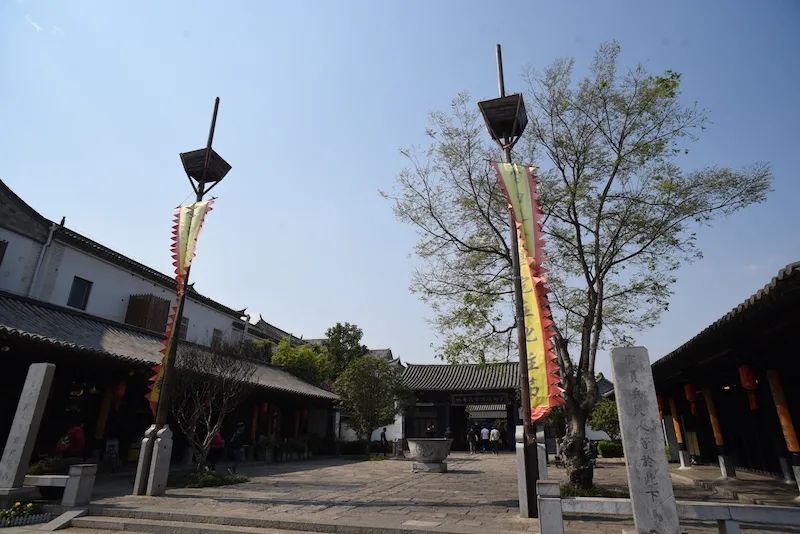

Number One Scholar Parade

Gold list title
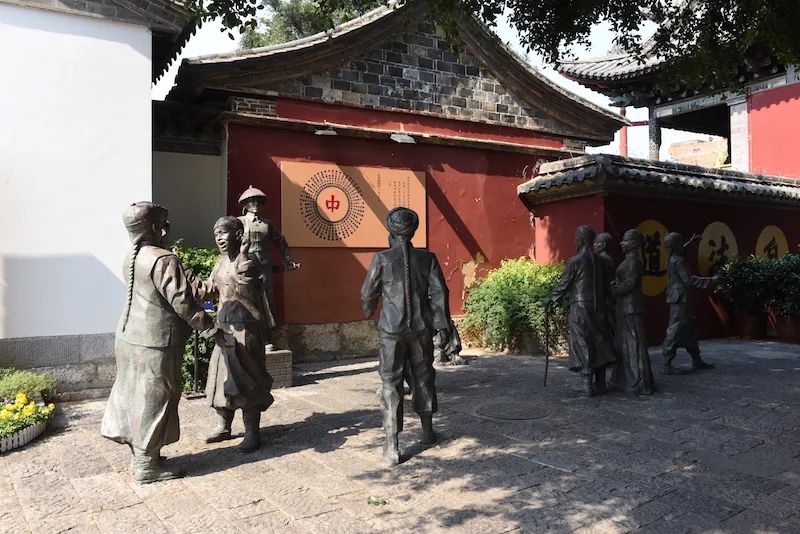
Going to Beijing to take the exam
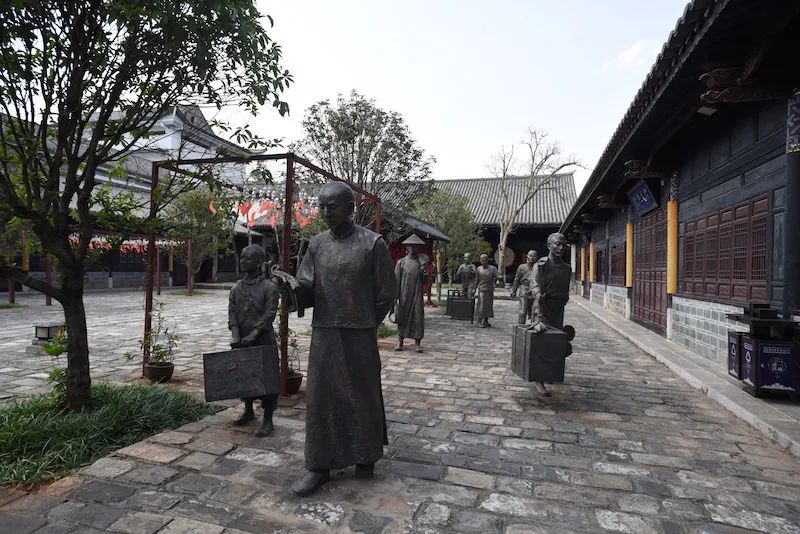
The imperial examination system in ancient China began in the Sui Dynasty, flourished in the Ming and Qing Dynasties, and ended in the late Qing Dynasty. After more than 1,300 years, it is a basic system for selecting officials in the history of our country.
Although the imperial examination system constrains people's minds to a certain extent, this employment system does not favor nepotism and allows talented and knowledgeable scholars to have the opportunity to serve in governments at all levels through fair competition, which is of positive significance to the development of society. This system also promotes an emphasis on education and respect for knowledge. No matter what, China's imperial examination system is a very important event in Chinese history.
Scene sculptures in the Yunnan Admiral’s Academic and Political Examination Studio




Zhu Family Garden is a famous ancient building in Jianshui Ancient City. It was built as a home and ancestral hall by the local gentry Zhu Weiqing and his brothers in the late Qing Dynasty, covering an area of more than 20,000 square meters. The structure is exquisite and the houses are arranged in an orderly manner. The carved beams and painted buildings are exquisitely crafted. The rich forms contain profound cultural connotations. It enjoys the reputation of "Grand View Garden in Southern Yunnan". It has high architectural and artistic value.
The Zhu Family Garden, known as the "Grand View Garden of Southern Yunnan"
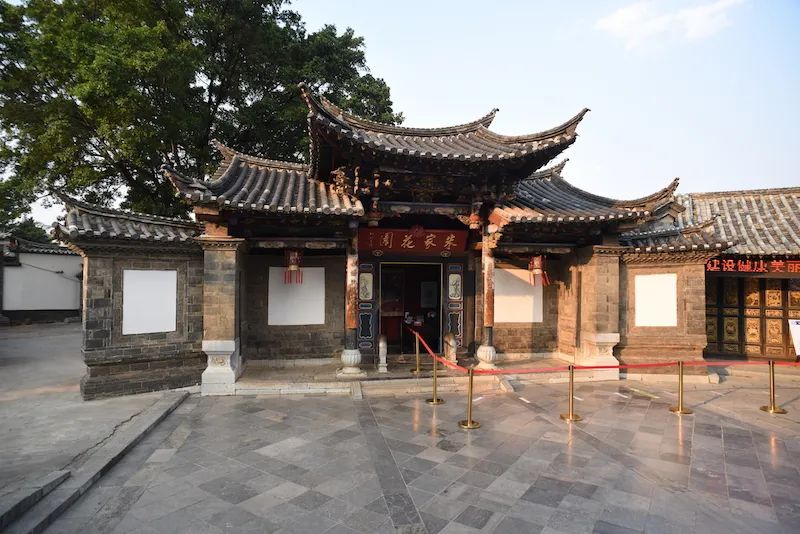

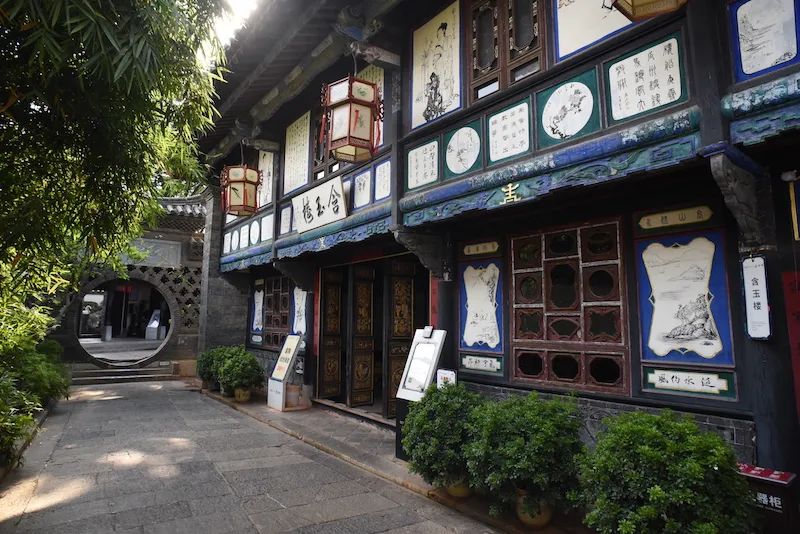
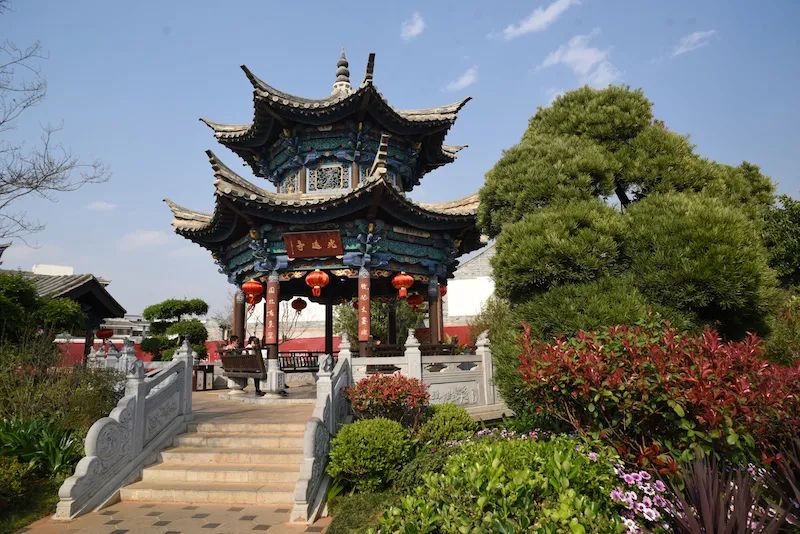

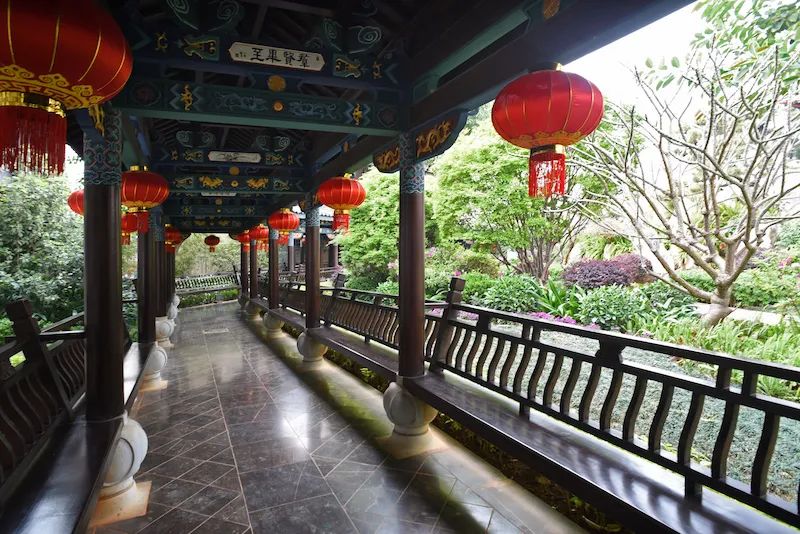
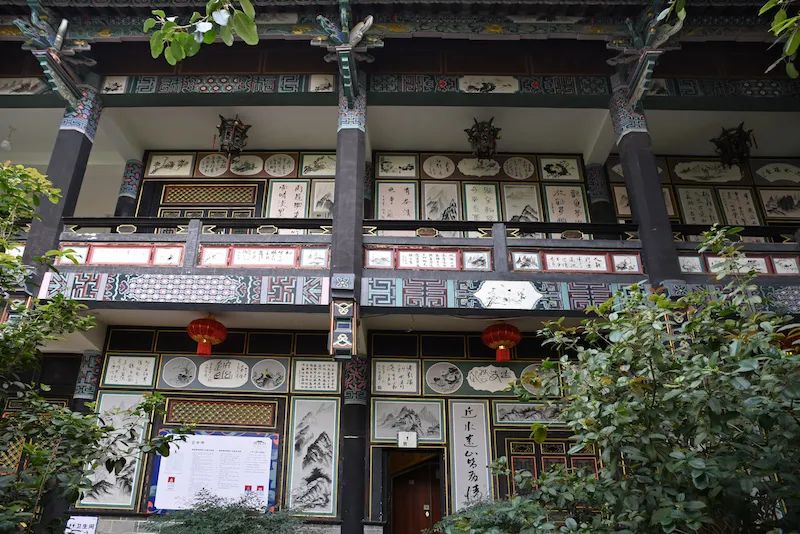
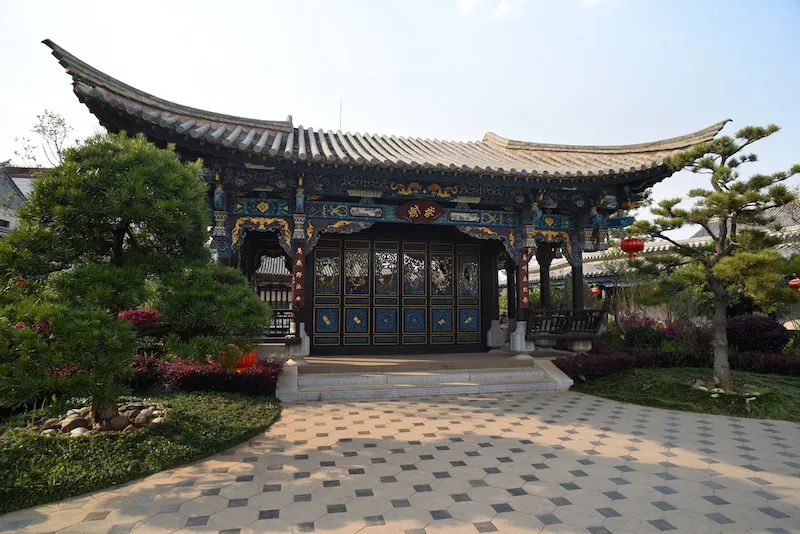
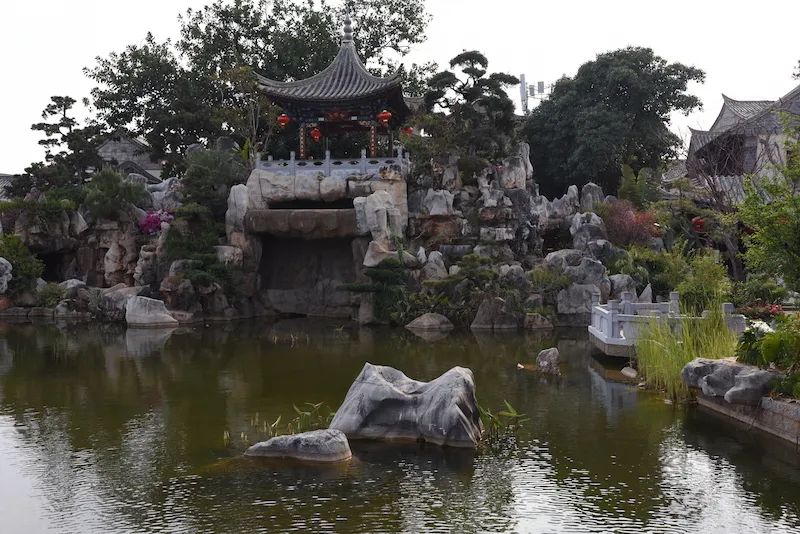
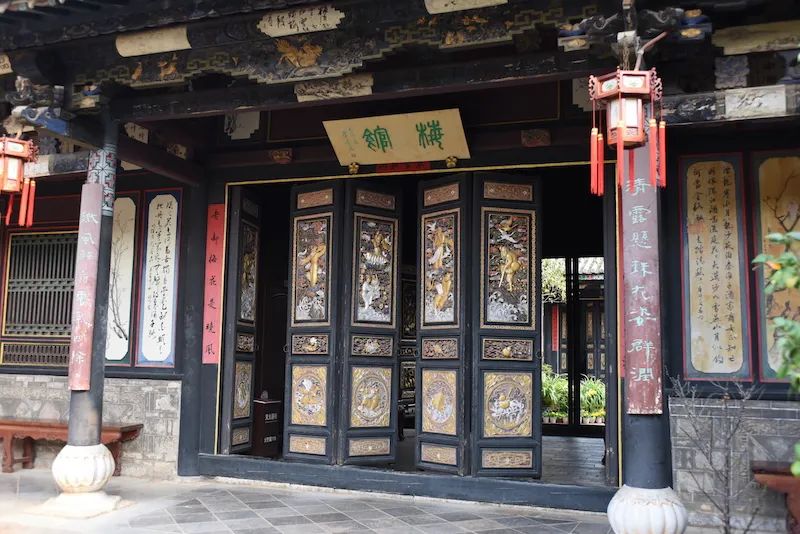

There is an ancient well built in the Yuan Dynasty on Guilin Street in the ancient city. It is a four-eye well. Single-eye wells and double-eye wells can be seen everywhere, but four-eye wells are less common. The wellhead is made of four pieces of bluestone, each with a height of 56 cm and a diameter of 58 cm. A Dragon King temple is built on the south side of the well, where people can burn incense and worship, praying to the Dragon King for abundant water.
four-eye ancient well

Jianshui produces pottery, especially purple pottery. Jianshui purple pottery went through the Han, Tang and Song dynasties and grew up in the Yuan, Ming and Qing dynasties. There are many pottery shops in the ancient city blocks, and the purple pottery on display has become a scene in the ancient city.
Jianshui purple pottery has become a scene in the ancient city
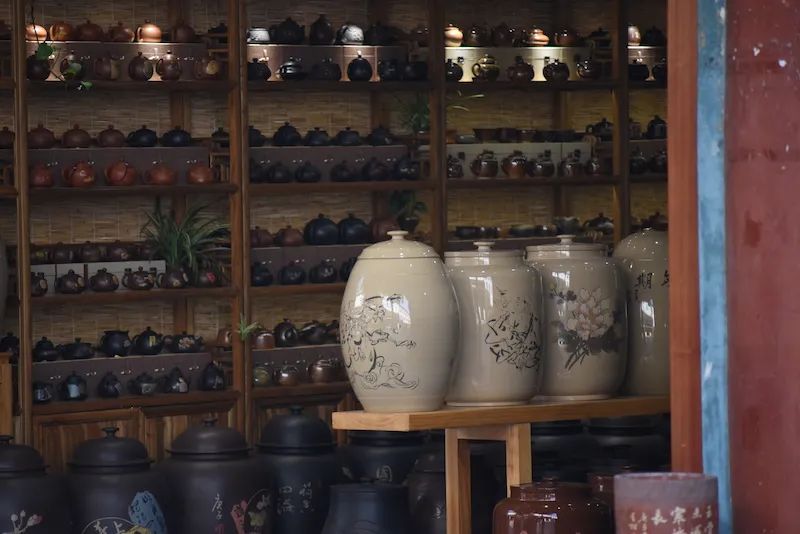

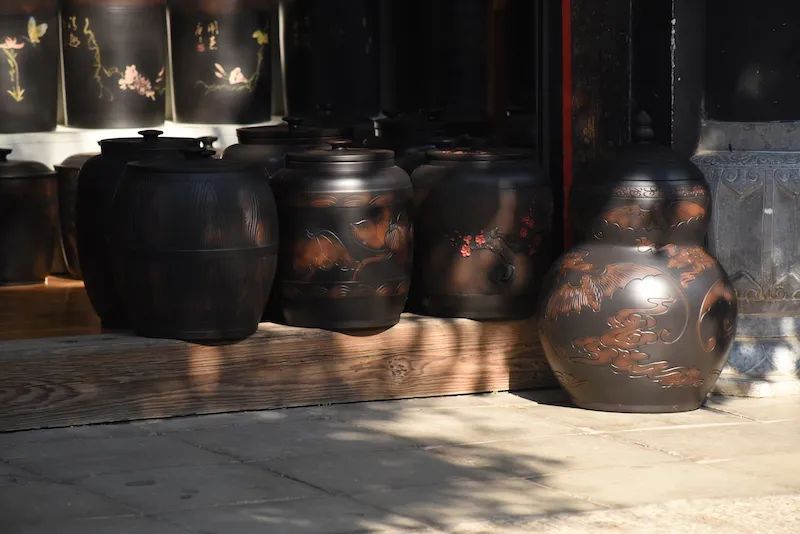
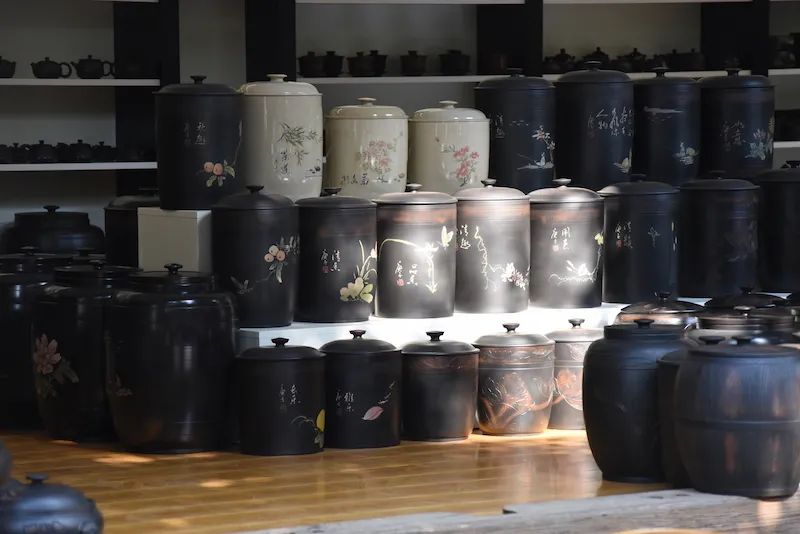
There is a magnificent tower on the east side of the ancient city called Chaoyang Tower. The original ancient city had four gates. In the late Ming Dynasty, the three towers in the south, west and north were destroyed by war, and only the east tower remained. Chaoyang Tower was built in the 22nd year of Hongwu in the Ming Dynasty (1389) for more than 600 years. It is one of the historical landmarks of Jianshui, an important town in southern Yunnan.
Chaoyang Tower

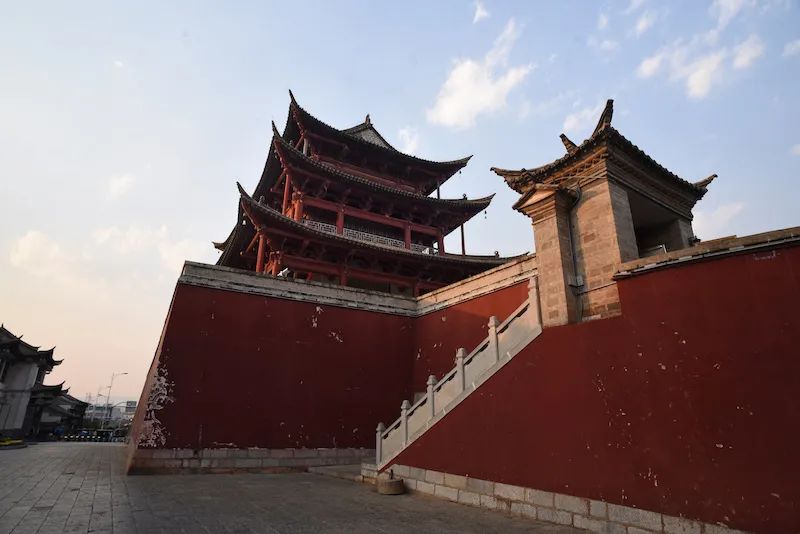

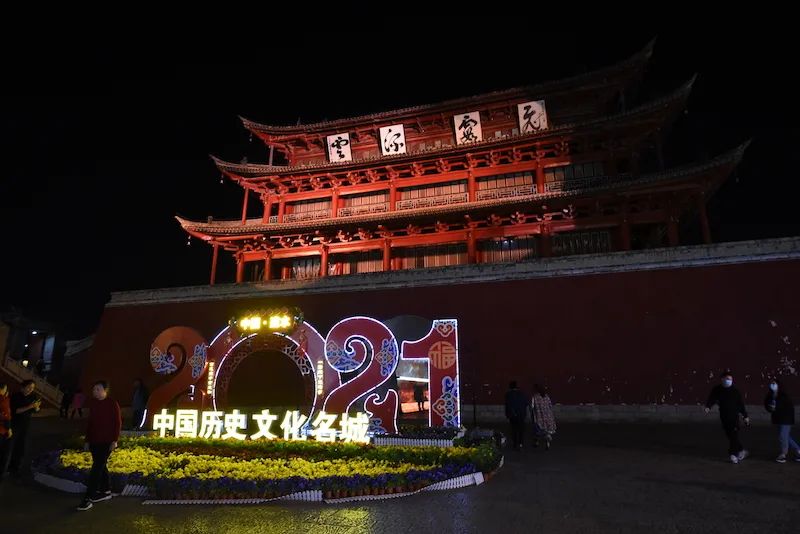
At night, the light show of Chaoyang Tower is spectacular.
Chaoyang Tower light show
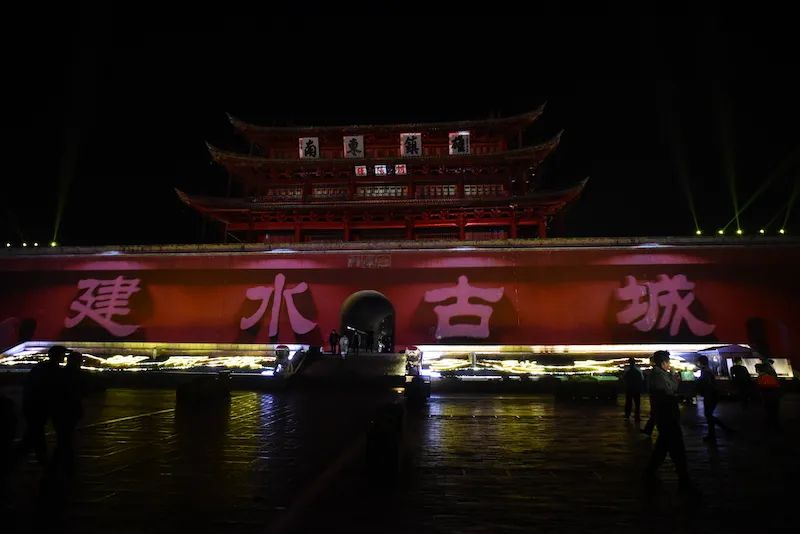

The ancient city of Jianshui has many historic sites and is well protected. The overall planning of the ancient city is good. What is rare is that it does not feel too commercial. Jianshui Ancient City is a truly ancient city and worth visiting.
Tonight we will stay overnight in bed and carriage. The ancient city is quiet at night and I will soon fall asleep.
Tips:
There are many snacks in Jianshui. Among them, the "cold roll noodles" have a thin skin and beautiful filling. They can be dipped in dipping sauces and have an excellent taste. Don’t miss the Jianshui tofu shown in “A Bite of China”.

